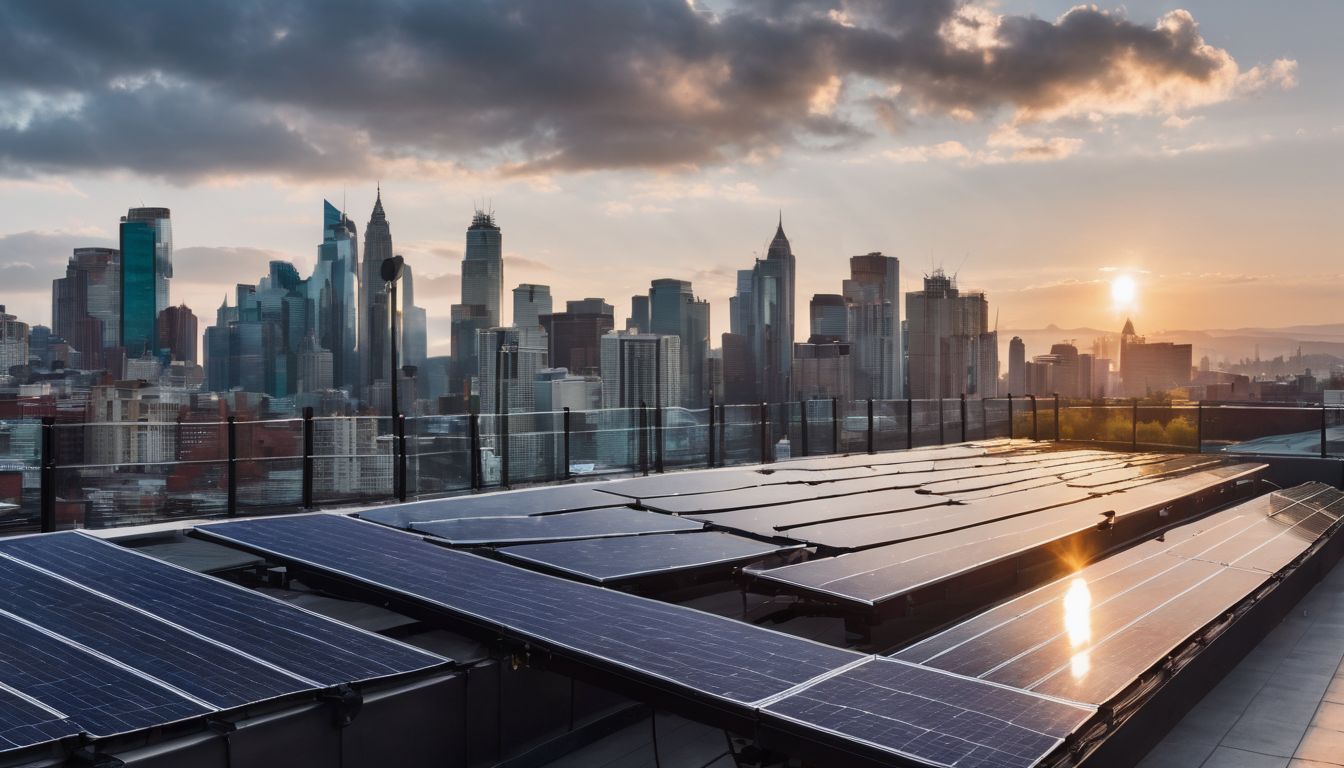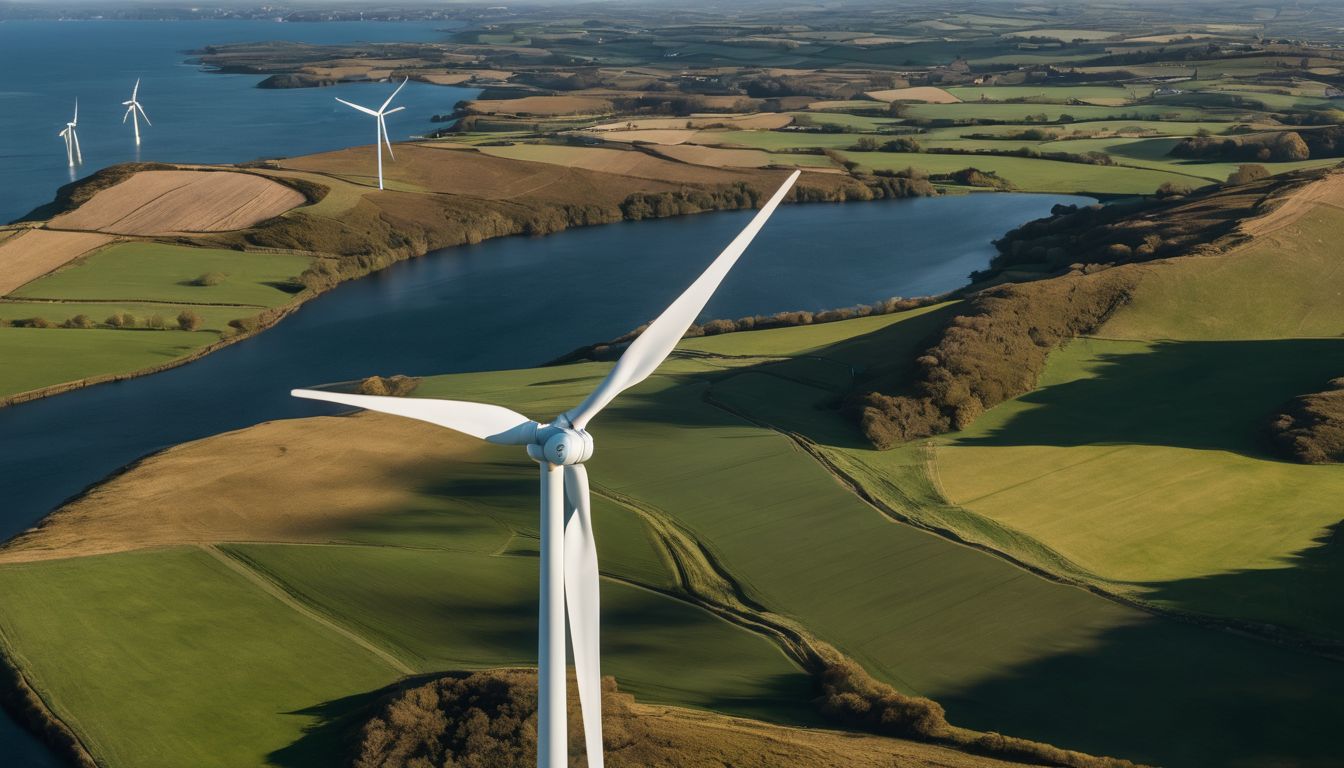While a lot of people have heard about the benefits of Compact Fluorescent Light bulbs (CFLs), not as many have heard about or are as familiar with many have heard about Light Emitting Diodes (LEDs). If you are not as familiar with CFLs, or you would just like a quick brush-up. Just like CFLs, LEDs are great for the environment, great for your wallet, and great for you. Here’s the run-down on LEDs:
BENEFITS for the environment: LEDs are significantly more energy efficient than both incandescent light bulbs and CFLs, which reduces their carbon footprint on the environment. Also, unlike CFLs, LEDs don’t have any mercury, so there is no risk of pollution and contamination of water, fish, and food supplies.1
BENEFITS for your wallet: Because LEDs are actually about 20-50 times as efficient as incandescent light bulbs, they can save you many times more money on your electrical bill than CFLs in the long run.2
BENEFITS for you: Many people are wary of using CFLs because of their mercury content, however this is a non-issue with LEDs! CFLs must be disposed of carefully if not recycled. Although CFLs don’t usually pose a health hazard, if they happen to break, you might be susceptible to mercury exposure if you are not careful.3
Cost: High
Replacing a simple 25 watt incandescent with an LED bulb can cost around $40.4 However, a recent breakthrough in the production of LEDs may bring down the price of LEDs to the level of CFLs within a couple of years. So for only a few more dollars than incandescent bulbs, LEDs should be coming our way shortly!5
Time and Effort: Low
Switching to LEDs is literally as easy as changing a light bulb. LED arrays can fit into standard light bulb sockets, replacing your incandescent bulb.6 You can find LEDs at your local stores, chain stores such as Target, and online.
How to choose between CFLs and LEDs:
Generally, LEDs are significantly more energy efficient, durable, and long-lasting than CFLs, making them even more friendly for the environment than CFLs. However, there are two major drawbacks. First, they cost significantly more than CFLs. Secondly, the light is much more directional and focused, limiting it as a valid replacement for diffused lighting. Here is a chart-to-chart comparison of their respective characteristics:
| Characteristic | CFLs | LEDs |
| Lifespan | 5 years: The average lifespan for CFLs is about 5 years, which is significantly more than incandescent bulbs, but also significantly less than LEDs. | 20 years: The average lifespan for LEDs is about 20 years, significantly longer than both incandescent bulbs and CFLs. This minimizes the amount of light bulbs thrown away, which is good for the environment. |
| Efficiency | 4X as efficient as incandescent bulbs: CFLs are much more efficient than incandescents, but cannot compare to the extreme energy efficiency of LEDs.7 | 20-50X as efficient as incandescent bulbs: LEDs are much more energy efficient than both incandescents and CFLs.8 This minimizes the carbon footprint of each light bulb, which is great for curbing global warming. |
| Total Cost | Low to Medium: CFLs are relatively low in cost, although usually a little bit more than incandescent bulbs. Many people consider this lower cost more reasonable in the short-run as compared to LEDs. | Medium: LEDs are relatively high in cost, but they provide huge savings in the long run on the electricity bill. Because these require significantly fewer replacements, you will also save time and money typically spent replacing light bulbs.9 |
| Mercury | Yes: CFLs contain mercury filaments in their bulb. If the bulbs break, the exposed mercury can pose a health hazard. You should always make sure to dispose or recycle these bulbs carefully and properly in order to prevent the mercury from entering the environment. | No: LEDs don’t contain any toxic materials and are relatively safe for you and the environment.10 |
| Durability | Same as incandescent bulbs: Because CFLs have a mercury filament, it is about as fragile as an incandescent light bulb. For some people, this amount of durability is just fine. | Better than incandescent bulb: Because LEDs don’t have a filament, they are able to withstand more jarring and bumping than both incandescents and CFLs.11 |
| Light Field | Same as incandescent bulb: CFLs diffuse and radiate light at all angles, making these bulbs ideal for lighting large spaces and rooms. This is a main advantage over LEDs, which focus the light only on one spot. | Limited field of light: Most LEDs are focused and directional lights, which means they only focus their beam at one spot. This is ideal for reading lights, task lighting, track light, accent lighting, security lighting, and more.12 However, new designs which diffuse light are coming out on the market as well.13 |
| Uses | Good replacement for incandescent bulbs: CFLs are great for replacing standard incandescents in your home. | Great for other uses: LEDs come in many different colors, which you can use for different purposes. Blue light is great for reducing eyestrain when reading, especially for elderly people. On the other hand, amber light is great for patios and decks, since it doesn’t attract insects, unlike white light.14 They also make great holiday lights! |




